The Neuromorphic Computing Market is currently characterized by a dynamic competitive landscape, driven by rapid advancements in artificial intelligence and machine learning technologies. Key players such as IBM (US), Intel (US), and BrainChip (AU) are at the forefront, each adopting distinct strategies to enhance their market positioning. IBM (US) focuses on innovation through its neuromorphic chip development, aiming to integrate cognitive computing capabilities into various applications. Meanwhile, Intel (US) emphasizes partnerships with academic institutions to foster research and development, thereby enhancing its technological prowess. BrainChip (AU) is carving a niche by targeting edge computing solutions, which are increasingly vital in IoT applications. Collectively, these strategies not only bolster individual company growth but also intensify competition within the market, as firms strive to differentiate themselves through technological advancements and strategic collaborations.
In terms of business tactics, companies are increasingly localizing manufacturing and optimizing supply chains to enhance operational efficiency. The Neuromorphic Computing Market appears moderately fragmented, with several players vying for market share. This competitive structure allows for a diverse range of innovations and applications, as companies leverage their unique strengths to capture emerging opportunities. The collective influence of these key players is shaping the market dynamics, fostering an environment where technological advancements are paramount.
In August 2025, IBM (US) announced a strategic partnership with a leading university to co-develop neuromorphic computing solutions aimed at enhancing AI capabilities in healthcare. This collaboration is significant as it not only reinforces IBM's commitment to innovation but also positions the company to leverage academic research for practical applications, potentially leading to breakthroughs in medical diagnostics and treatment.
In September 2025, Intel (US) unveiled its latest neuromorphic chip, designed specifically for autonomous systems. This launch is pivotal, as it underscores Intel's focus on integrating neuromorphic computing into real-world applications, particularly in the automotive sector. By addressing the growing demand for intelligent systems, Intel is likely to strengthen its competitive edge and expand its market reach.
In July 2025, BrainChip (AU) secured a major contract with a telecommunications provider to implement its neuromorphic technology in edge devices. This development is crucial, as it not only validates BrainChip's technology but also opens new avenues for revenue generation. The partnership highlights the increasing relevance of neuromorphic computing in enhancing the performance of edge devices, which are becoming integral to modern telecommunications infrastructure.
As of October 2025, the competitive trends in the Neuromorphic Computing Market are increasingly defined by digitalization, sustainability, and the integration of AI technologies. Strategic alliances are playing a critical role in shaping the current landscape, as companies collaborate to pool resources and expertise. Looking ahead, it is anticipated that competitive differentiation will evolve, with a pronounced shift from price-based competition to a focus on innovation, technological advancements, and supply chain reliability. This transition is likely to redefine how companies position themselves in the market, emphasizing the importance of cutting-edge solutions and strategic partnerships.
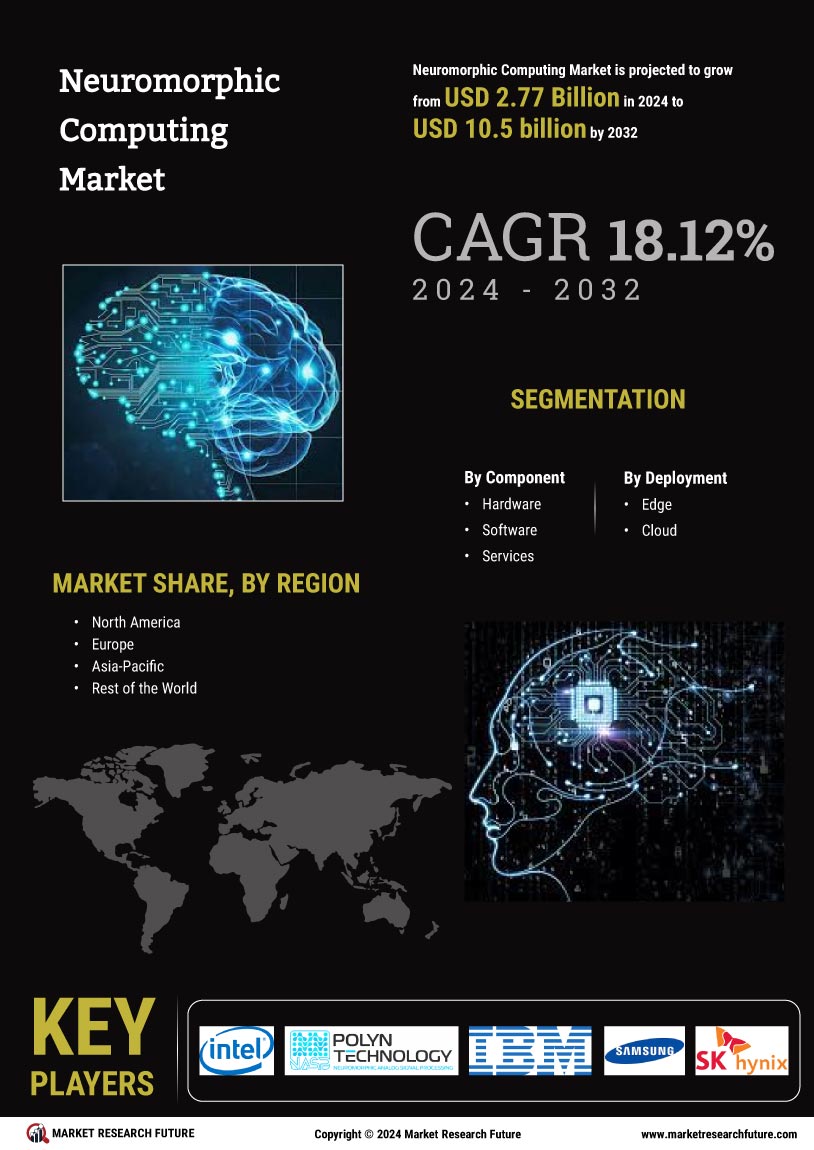

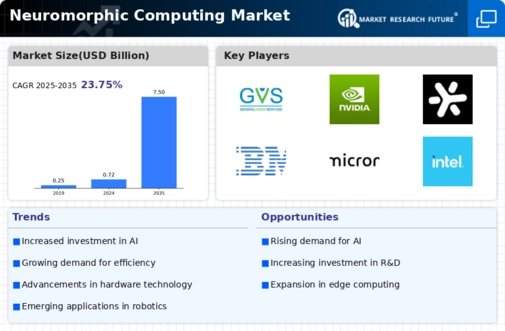
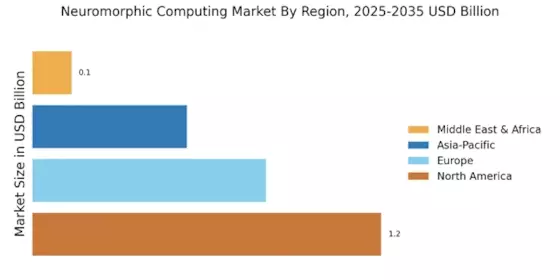


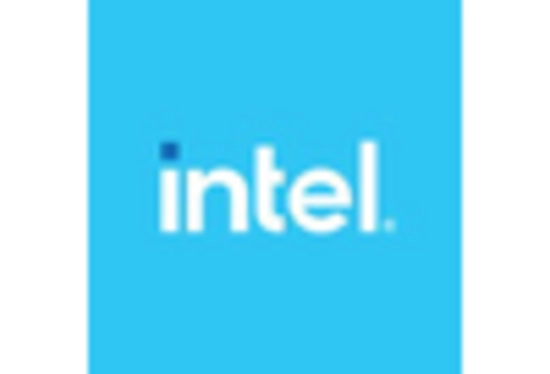

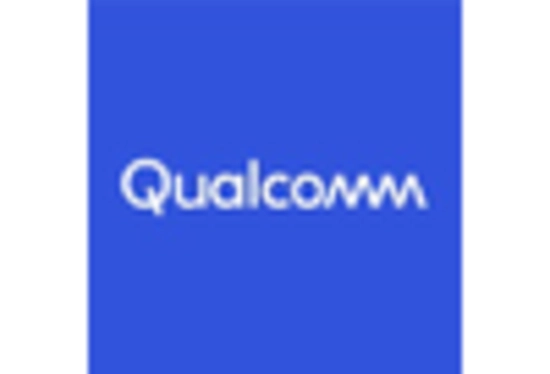
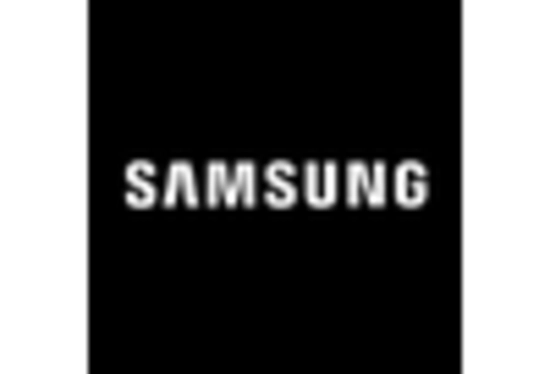








Leave a Comment